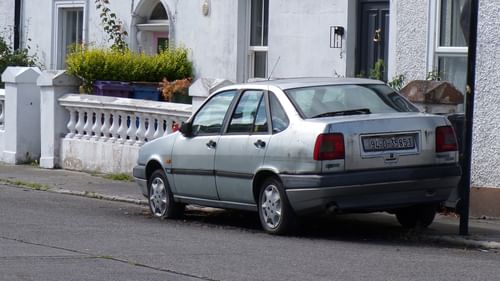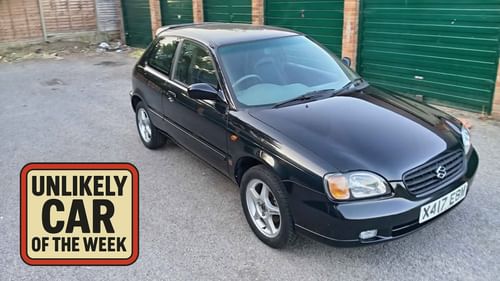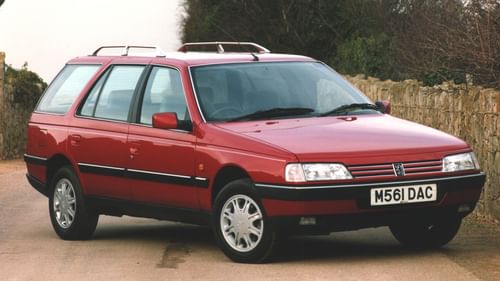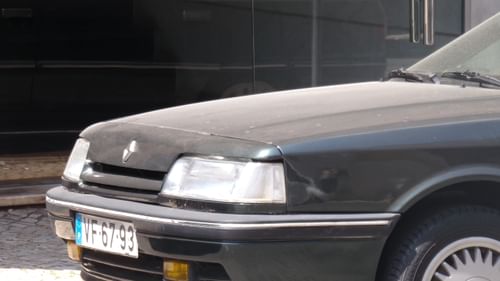Anonymous rarity: Mazda 323 Coupe
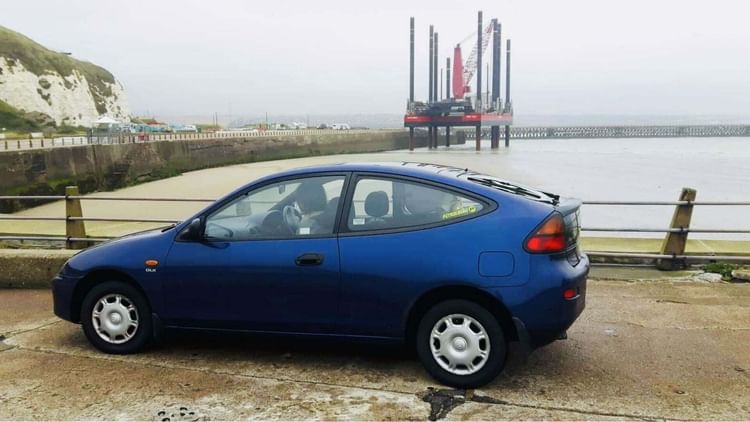
Ben Day has been in touch to see if PetrolBlog would feature his fine-looking Mazda 323 Coupe. The fact that his car sports a PetrolBlog sticker played no part in the decision to grant it a slot. Here are Ben's words.
In the 1990s, there seemed to be a new version of the Mazda 323 every other week. The rarest of all, in the UK at least, was the ‘BA’ Coupe, sold at the same time as the five-door 323 Fastback and a four-door Shatchback.
In other markets, including continental Europe, Mazda seemed to really commit to the 323 Coupe with engine variations from 1.3 to 1.8-litre, and manual and automatic options.
The UK importer seemed less optimistic about prospects for the Fastback’s dumpy cousin, and only ever offered the 1.5-litre automatic 323 Coupe on these shores. This led to somewhat disappointing sales. Indeed, in 2018, Mazda confirmed to me that only 971 were sold between 1994 and 1998.
So even a generous five per cent survival rate would mean only 50 or so grace our roads today, with the actual number likely to be somewhat lower.
JDM, m8?

In fact, my 323 feels a very JDM car, but without the scene tax – built in Hiroshima, with a UK front number plate tacked over a Japanese size number plate slot and a right-hand side indicator stalk. I’ve even been asked if it is a grey import. It still sits on 13-inch steelies and I’ve resisted any ‘urge’ to slam it and sticker-bomb it. Although, it does sport a PetrolBlog sticker, natch.
In line with Ford and Mazda’s close ties at this time, this model also wore a Ford badge in Australia (as the Laser Lynx) and the Aztec in Taiwan with some mild, and not necessarily very pretty, revisions to the front and rear lights and bodywork.
So why would you choose the Mazda 323 Coupe over the better looking Fastback or the more practical saloon? Um... answers on a postcard.
I’m not sure many buyers were convinced by the brochure’s claim that ‘its contours convey action and anticipation’. But it was a small market segment that definitely existed, as similar Mitsubishi Colts, Honda Civics and Toyota Corollas left showrooms in (probably) rather larger numbers. But none of those cars had quite the compromise on rear seat space and, most of all, rear visibility. Although it was a shape that maybe Citroën had one eye on with their own C4 coupe.
This charming coupe

My particular model has obviously lived a rather charmed life to survive almost 25 years. I bought it without an MOT in a B&Q car park – not ideal purchasing conditions, but I knew the rarity meant it was worth a punt.
However, 18 months and almost 10,000 miles later it has served as my more-or-less daily car with few complaints. The electrics all work, and the automatic box ‘hold’ function – which allows you to hold the car in a lower gear for engine braking or steep hills – is a useful feature.
The engine develops a mere 90bhp – the same as my Mk1 Mondeo – so it's not a car loved by drivers of modern German saloons, as acceleration beyond 40mph can only be described as gentle, even with the foot to the floor. It has more trim rattles than you would expect, and the rusty wheel arch definitely needs attention. The steering is light and handling fairly neutral, in an entirely 90s hatchback kind of way. Fuel economy can touch 40mpg if it is used on longer runs.
My long-term plans for the car are unclear. At the moment, it’s pulling its weight. I'll tell you something; there are probably half a dozen better survivors out there, and if you come across one – buy it and cherish it. You won’t see another.
You can follow Ben Day on Twitter @theintrovertsoc.
